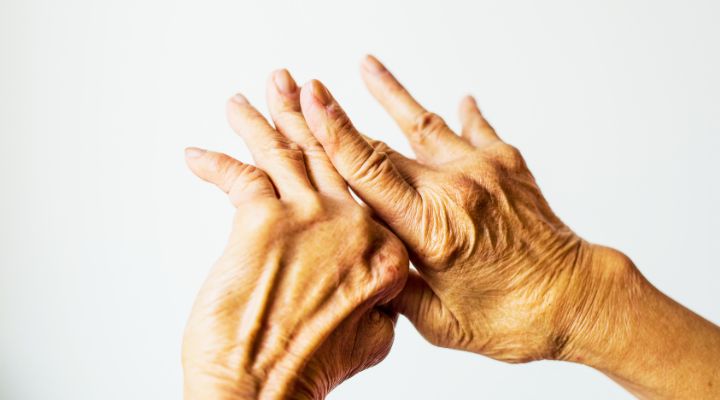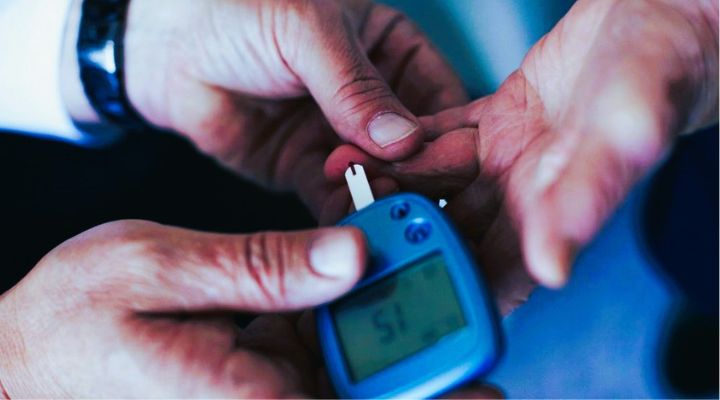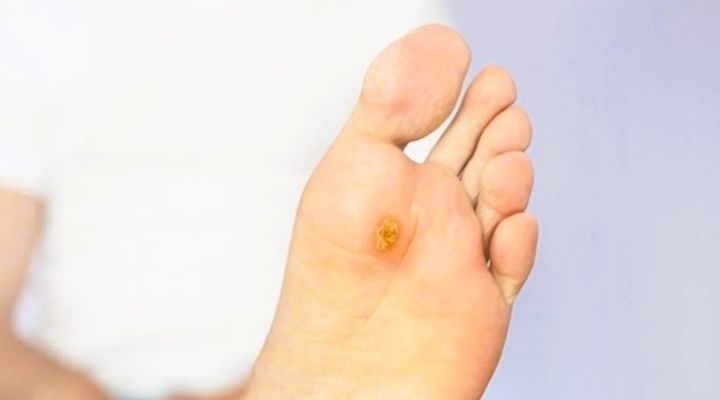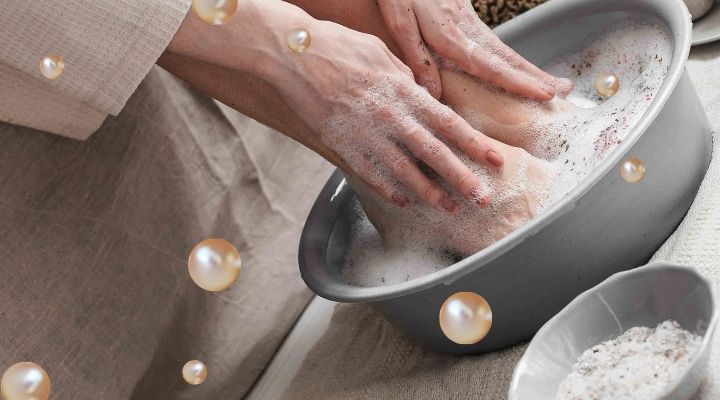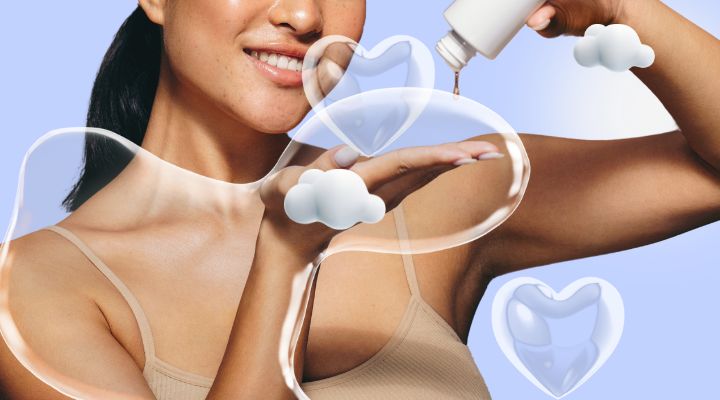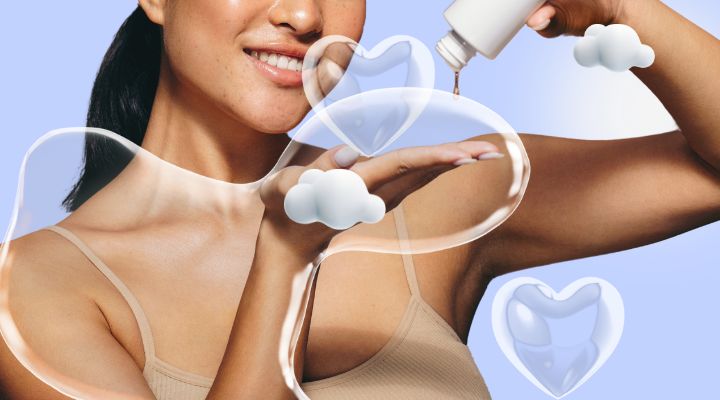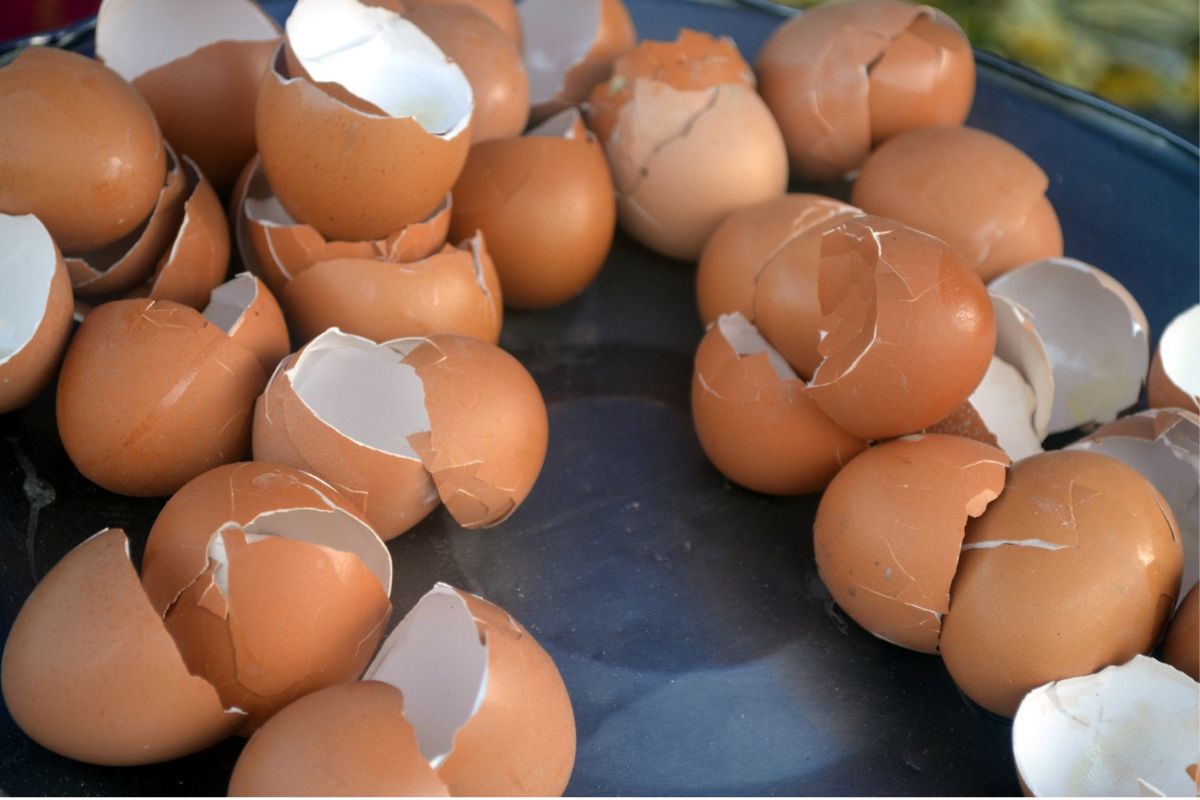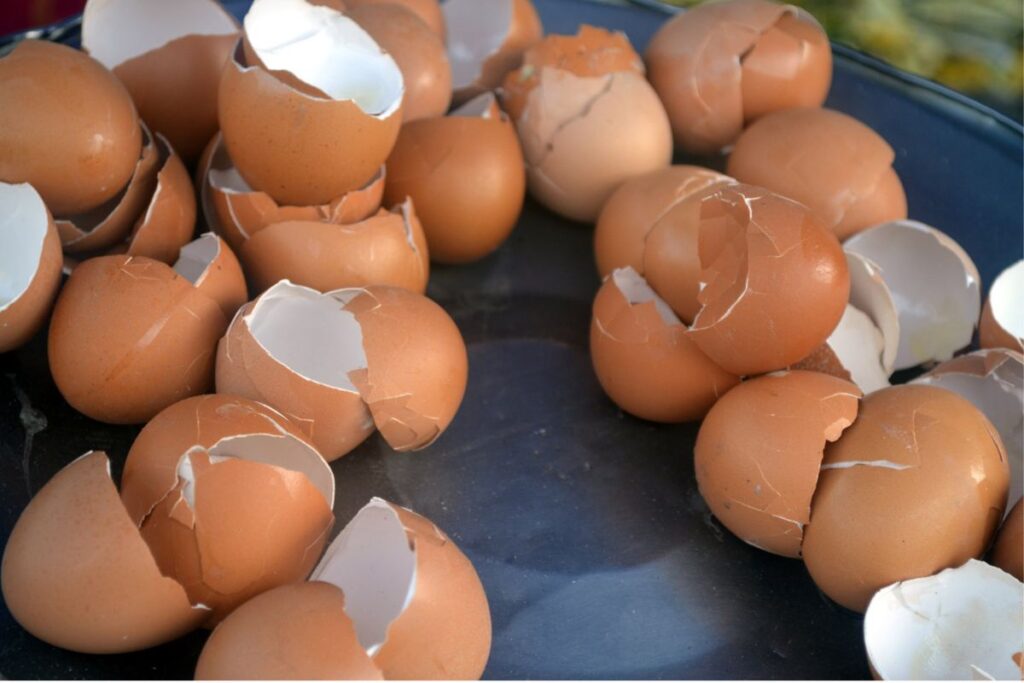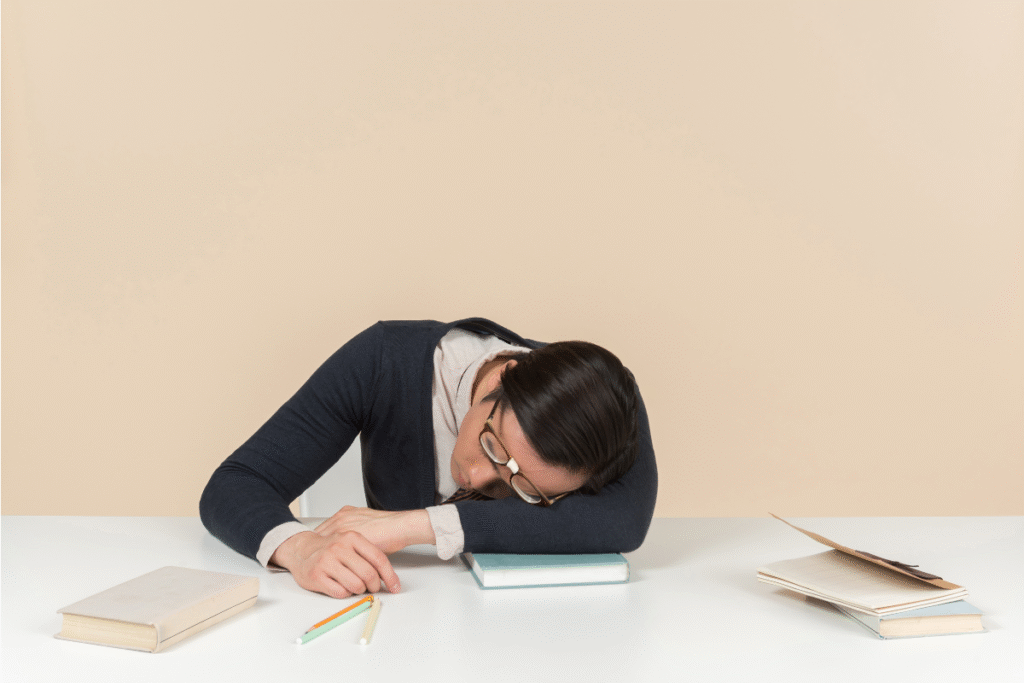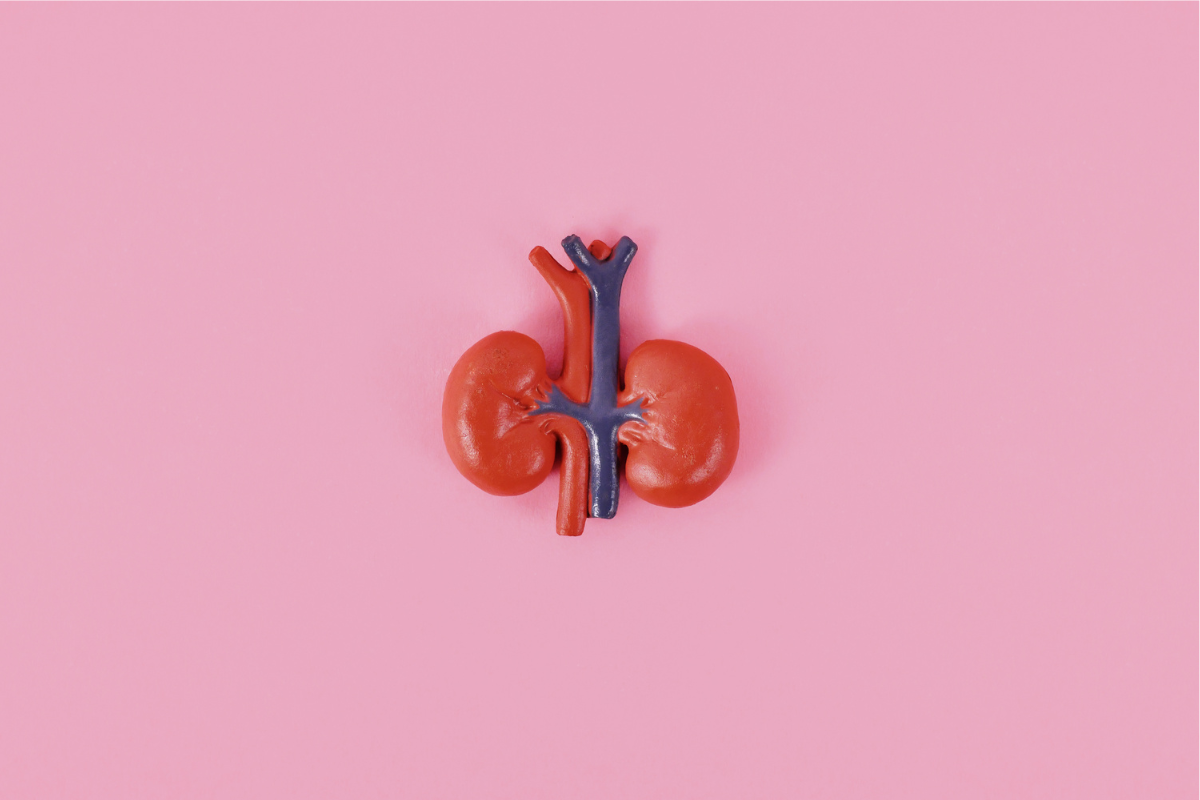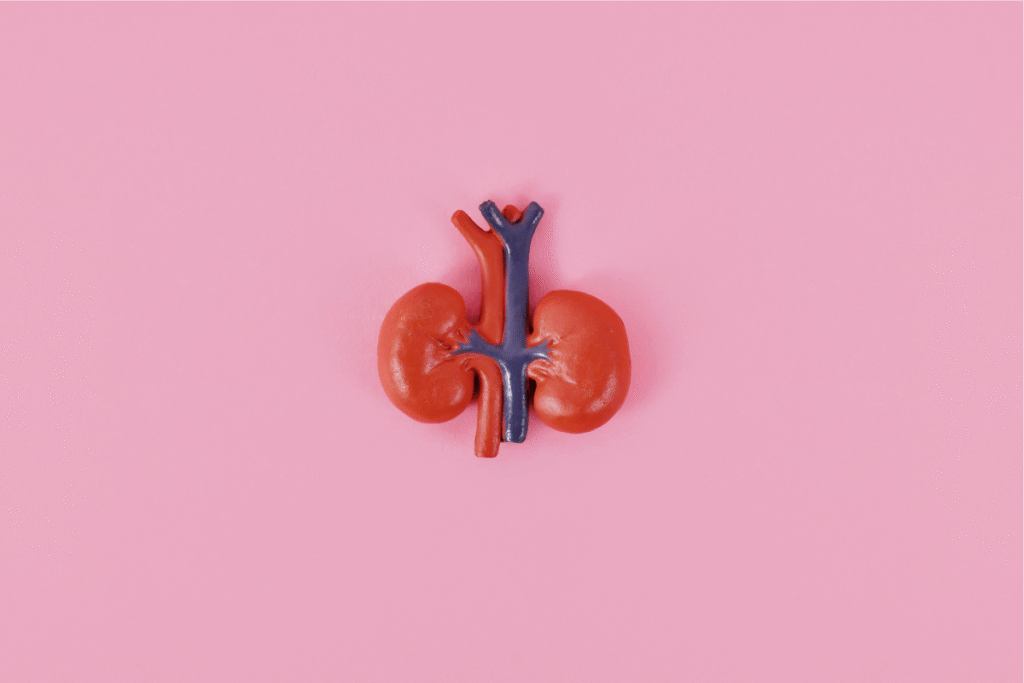
Vaseline and lemon are two household staples that have been used individually for various purposes for decades. However, have you ever considered fusing them? The results can be surprising, and once you know what this mixture can do, you might wonder why you didn’t try it sooner. In this article, we will explore the numerous benefits of mixing Vaseline with lemon, how to prepare the mixture, and the practical ways to incorporate it into your daily routine.
Why Mix Vaseline with Lemon?
Vaseline, or petroleum jelly, is renowned for its moisturizing and protective properties. It creates a barrier on the skin to lock in moisture, making it an essential component for skincare. On the other hand, lemon is packed with vitamin C and citric acid, offering antibacterial, brightening, and exfoliating benefits. When these two are combined, they create a powerful blend that caters to various skin and beauty needs.
Key Benefits of Vaseline and Lemon Mixture
- Deep Hydration and Brightening
The Vaseline locks in moisture while the lemon helps to brighten dull skin. This combination is perfect for dry, flaky, or uneven skin tones. - Natural Exfoliation
Lemon’s natural acids gently exfoliate dead skin cells, while Vaseline ensures the skin remains hydrated and protected during the process. - Scar and Spot Reduction
Regular use of this mixture can help fade dark spots, acne scars, and pigmentation. Lemon’s bleaching properties and Vaseline’s soothing effect work harmoniously for a smoother complexion. - Cracked Heels and Elbow Repair
The combination is excellent for softening tough, dry skin on areas like the heels and elbows. - Nail and Cuticle Care
This blend works wonders for dry cuticles, making your nails look healthy and shiny. - Anti-Aging Benefits
Lemon’s antioxidants help fight free radicals, reducing the appearance of fine lines and wrinkles, while Vaseline keeps the skin plump and moisturized.
How to Prepare Vaseline and Lemon Mixture
Creating this powerful blend at home is simple and requires only two ingredients:
Ingredients:
- 1 tablespoon of Vaseline
- ½ tablespoon of freshly squeezed lemon juice
Steps:
- In a small, clean container, mix the Vaseline and lemon juice until you achieve a smooth, consistent texture.
- To maintain the mixture’s freshness, store it in an airtight container.
- Ensure that you use freshly squeezed lemon juice for maximum benefits, as bottled lemon juice may contain preservatives that reduce effectiveness.
Ways to Use Vaseline and Lemon Mixture
- As a Night Treatment for Face and Hands
Apply a thin layer of the mixture to your face and hands before bedtime. Allow it to work overnight for soft, radiant skin by morning. - For Cracked Heels
Massage the mixture into your heels, then wear cotton socks to lock in the moisture. Repeat daily for noticeable improvement within days. - Spot Treatment for Dark Spots
Dab a small amount on dark spots or scars. After 15 minutes of sitting, rinse it off with lukewarm water. Do this two to three times a week for optimal effects. - Cuticle Care
Massage the mixture into your cuticles and nails to keep them hydrated and shiny. Use it as often as needed. - Brightening Lip Balm
Apply the mixture to your lips for a natural exfoliating and hydrating effect. This can help remove pigmentation and leave your lips soft and supple.
Precautions to Consider
While the Vaseline and lemon mixture offers several benefits, it’s important to use it responsibly:
- Patch Test First: Perform a patch test on a small area of your skin to ensure you don’t have an allergic reaction to lemon.
- Avoid Sun Exposure: Lemon can make your skin photosensitive. Always apply sunscreen if you use this mixture during the day.
- Moderation is Key: Lemon is acidic, so overuse can irritate sensitive skin. Use the mixture no more than 2-3 times a week for optimal results.
- Do Not Use on Open Wounds: Avoid applying the mixture to broken or irritated skin to prevent stinging or irritation.
Why You Should Start Using This Mixture Today
The Vaseline and lemon blend is a cost-effective and versatile solution for various skin concerns. Unlike store-bought products that often contain harsh chemicals, this DIY remedy is gentle and uses natural ingredients. The texture, tone, and general health of your skin will all noticeably improve with consistent usage.
Whether you’re dealing with dry skin, dark spots, or cracked heels, this powerful combination is worth a try. Its simplicity and effectiveness will leave you wondering why you didn’t know about it sooner.
